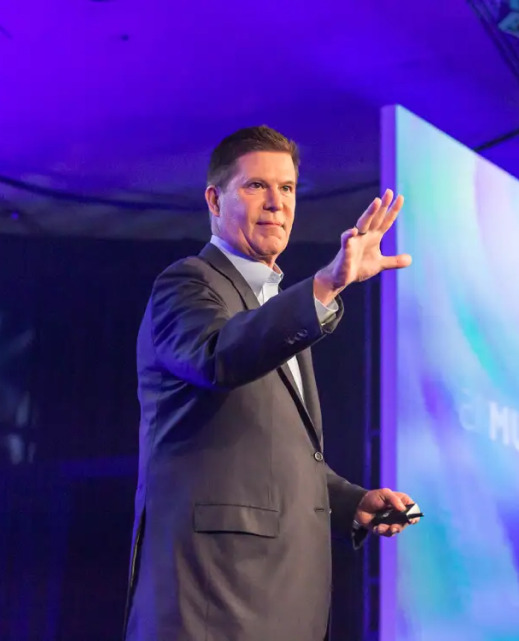Clean Network Documentary Part 1: 5G Trifecta
5G Trifecta I (continued): Rebuilding the U.S. Chip Industry
Keith Krach describes the rationale behind his team’s work to encourage TSMC to construct its $12 billion state-of-the-art 5-nanometer semiconductor manufacturing plant in the U.S. It was important, not only to source chips in the U.S., but to rebuild a manufacturing base that would drive U.S. development of the next generation of semiconductor manufacturing equipment. The TSMC deal was also vital to spur Congress to fund efforts to bring semiconductor manufacturing back to the U.S. and was a catalyst to bring other semiconductor companies, like Samsung, to invest in U.S. based manufacturing. Vital to jobs, to U.S. tech leadership, and to national security.
Learn More: https://keithkrach.com/
Connect With Us ↙️
✅ LinkedIn: https://www.linkedin.com/in/keithkrach/
✅ Facebook: https://www.facebook.com/keithkrach
✅ Twitter: https://twitter.com/KeithJKrach
Transcript:
Simone Gao: TSMC’s decision to construct its 12 billion dollar state of the art, five nanometer semiconductor manufacturing plant represents the biggest onshoring in United States history.
Keith Krach: They, for sure, are the most important foreign company to United States’ national security. They might even be the most important. I mean, you’ve got defense companies, but they are critical. They’re head and shoulders above everybody else in terms of fabricating the world’s most sophisticated semiconductors, which are the basis for everything from 5G to AI — everything.
There was a lot of discussion, there was a lot of analytical work. We had a great team working on that. It would be a catalyst for Congress to put some serious funding into bringing our semiconductor manufacturing back to the U.S. We used to do all the manufacturing here and now it’s only like 12 percent. And you really need that manufacturing base to develop the next generation of equipment. So it’s strategic — it was more than just having it sourced in the United States. And so that’s when we worked with Senator Cornyn and Senator Warner–total bipartisan–on the CHIP Act, and that’s for 30 billion dollars. And that passed unanimously in the House and 96 to 4 in the Senate. That was a big win.
The second theory that we had was that it would be a catalyst to get the other semiconductor companies to onshore, and indeed that did happen. Matter of fact, I think Samsung’s going to even build one even bigger than that. And we knew they were waiting in the wings.











